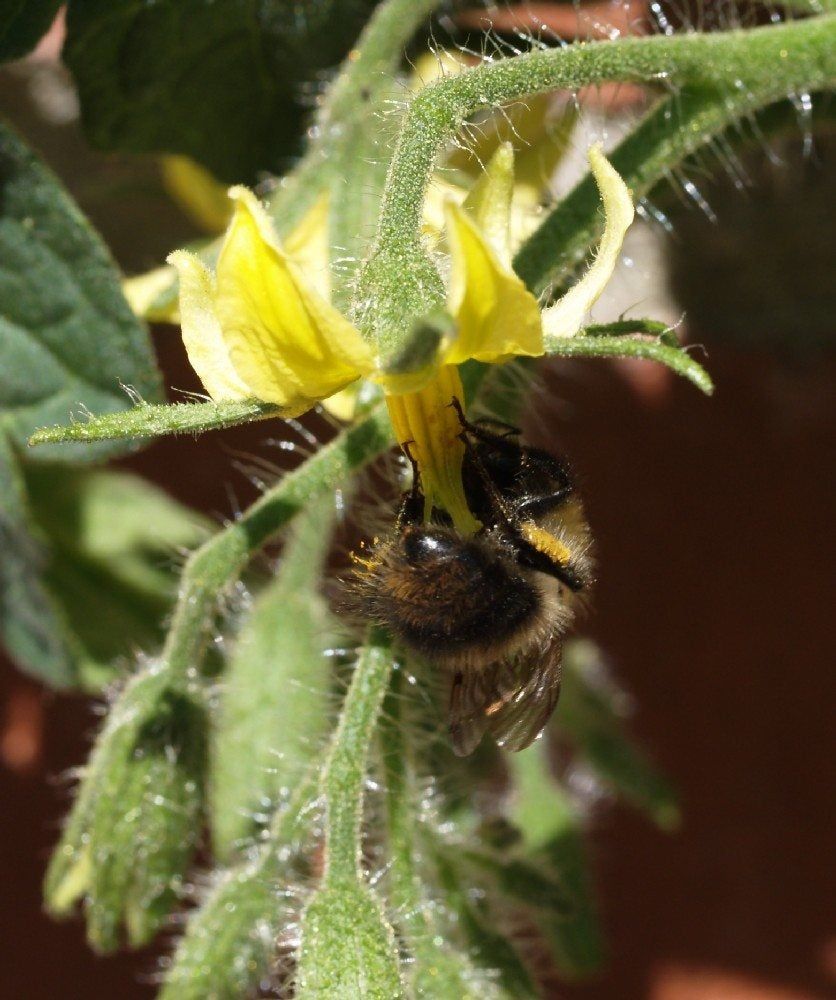Learn About The Pollination Process And Plants That Need Pollinators


If you are having trouble with your vegetable and fruit plants failing to produce, chances are very good that what your plants are lacking are pollinators. Without insect pollination, many food plants that we grow in our gardens cannot complete the pollination process and therefore, will not produce fruits or vegetables. All plants require pollination in order to make seeds and fruit, but sometimes Mother Nature, or even we gardeners, can prevent plants that need pollinators from getting the pollination that they need.
What is Insect Pollination?
Many types of animals are part of the pollination process. Some of these include bats, birds and even land mammals, but the most common pollinators are insects. Insect pollination is crucial to most gardens and is as simple as insects like bees, butterflies and wasps flying from flower to flower in order to collect nectar. In the process, pollen collects on their bodies and rubs off on other flowers that they visit. This fertilizes the flower and the plant will then grow seeds and the fruit around the seeds. Unfortunately, many things can interrupt the insect pollination process. Too much rain or too much wind can keep pollinators from being able to reach a plant and its flowers. A gardener may also be putting pesticides on their plants to keep away the damaging bugs, but these pesticides will also kill beneficial insects and keep them out of the garden as well. For urban gardeners who may be gardening on high balconies or indoors, insect pollinators simply can't reach the plants and flowers where they are located.
Food Plants That Rely on Pollinators
Only 10 percent of all flowering plants do not rely on pollinators for pollination, which means the rest require pollination with help from outside forces. Some examples of common food plants that need pollinators are:
Without pollination, these food plants that rely on pollinators cannot produce the fruits that we eat.
Tips to Improve the Pollination Process in your Garden
If you find that your food plants are not producing fruit and you suspect that that a lack of pollination is causing it, you can do a couple things to improve insect pollination in your yard.
Stop Using Insecticides
Imperfect fruits and vegetables are better than no fruits and vegetables. Many insecticides kill all insects, both bad and good. Do not use insecticides on food plants that rely on pollinators. Instead, try using bug controls such as predatory insects or bacteria that are specific to the bad bugs that are causing the damage to your garden. Or, simply accept that a small portion of your crops will be lost to insect damage, which is a small price to pay in exchange for getting any fruit at all.
Don't Use Overhead Watering
Overhead watering is when you use a sprinkler to water your garden. If you water your garden like this, especially if you water in the morning and evening when insect pollinators are most active, this can create the same sort of conditions as too much rain, which will keep pollinators away. Do not use overhead watering on food plants that rely on pollinators. Instead, use drip irrigation at the base of the plant. Not only will you get more pollinators in the garden, but your plants will absorb more of the water.
Gardening tips, videos, info and more delivered right to your inbox!
Sign up for the Gardening Know How newsletter today and receive a free copy of our e-book "How to Grow Delicious Tomatoes".
Plant a Pollinator Garden
Planting a pollinator garden will attract pollinators to your yard, and while they are in the pollinator garden, they will also visit the plants in your vegetable garden. You can find directions for planting a pollinator garden here.
Hand Pollinate
If Mother Nature is sabotaging your insect pollination with too much rain or too much wind, or if you are gardening in a location pollinators can't get to, like a high rise, a greenhouse or indoors, you can hand-pollinate plants that need pollinators. Simply take a small paintbrush and swirl it inside a flower and then, much like a normal insect pollinator, move from flower to flower gently swirling the brush inside the flowers. This process is a little tedious but worth the time if natural pollinators are not available.

Heather Rhoades founded Gardening Know How in 2007. She holds degrees from Cleveland State University and Northern Kentucky University. She is an avid gardener with a passion for community, and is a recipient of the Master Gardeners of Ohio Lifetime Achievement Award.